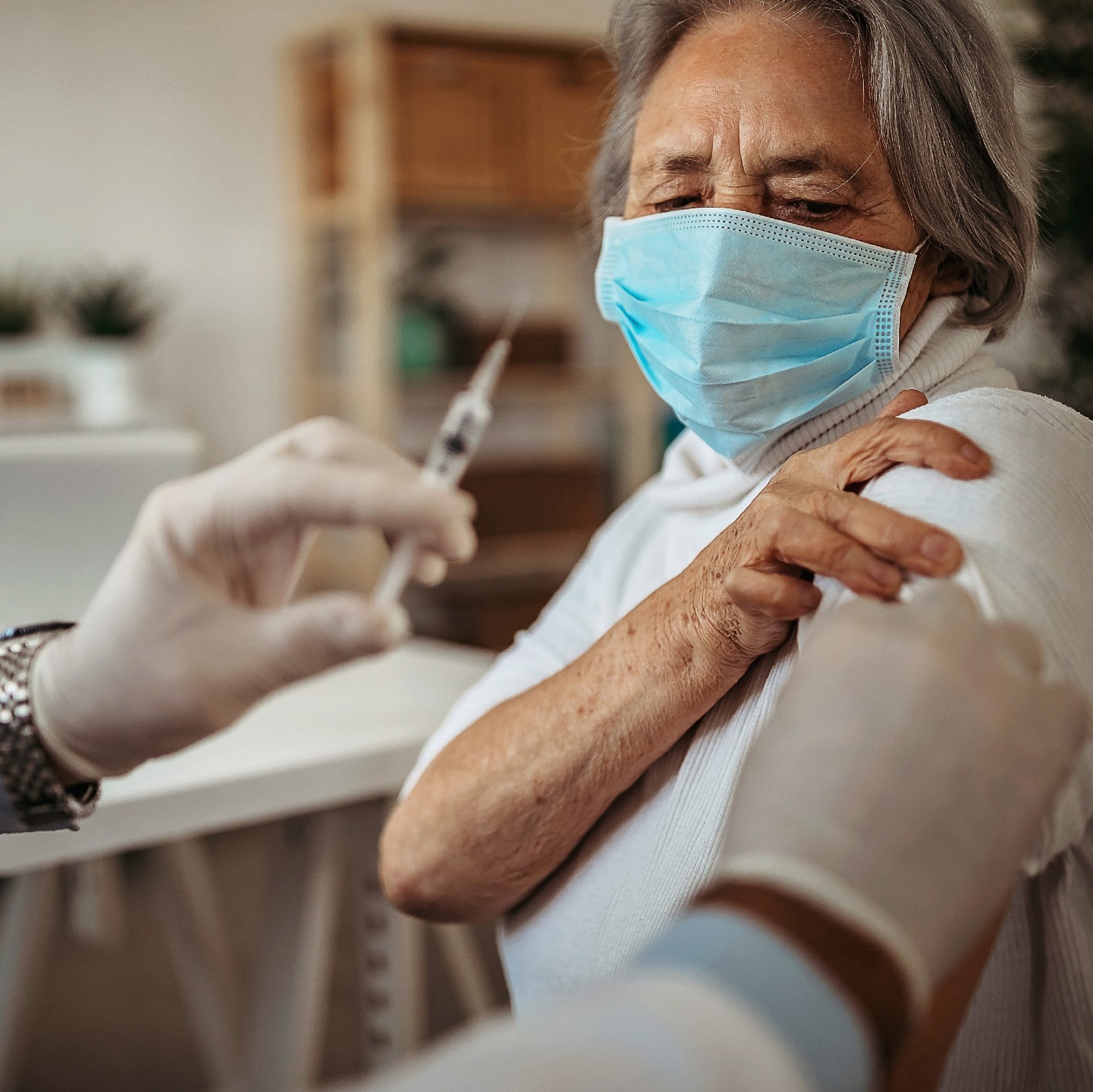The COVID-19 virus is continuing to evolve and mutate – creating new variants of the virus that infect thousands of people around the world each day.
As of mid-July, the CDC reported the BA.5 subvariant of COVID-19 now comprises more than 80 percent of all COVID-19 cases in the United States.
Emil Lesho, DO, is an infectious disease researcher with Rochester Regional Health and explains what this new subvariant is, how symptoms are displaying, and how people can protect their health.
Explaining the BA.5 subvariant
The original Omicron variant of the COVID-19 virus was discovered in November 2021. There have been hundreds of subvariants of Omicron since then – including the BA.5 subvariant.
CDC data shows the BA.5 subvariant is currently spreading rapidly throughout the United States – including New York. The BA.5 subvariant is more transmissible than previous variants of the virus, according to Dr. Lesho.
A pre-print analysis of data regarding the BA.5 subvariant found mutations made it more resistant to antibodies than previous variants, which also makes it “more likely to lead to vaccine breakthrough infections.”
“The majority of new infections in our community are likely caused by the BA.5 variant,” Dr. Lesho said. “With each week that has gone by, the proportion of tests showing new infections caused by the BA.5 variant is steadily increasing.”
Symptoms
Even though the new variant is more transmissible, individuals who test positive for COVID-19 with the BA.5 subvariant have not been exhibiting more severe symptoms compared to previous variants.
Symptoms typically seen in a COVID-19 diagnosis are similar to previous infections, such as:
- Fever
- Cough
- Shortness of breath
- Runny nose or congestion
- Fatigue
- Muscle or body aches
- Headache
- Body aches
- Recent loss of taste or smell
- Nausea and/or vomiting
- Diarrhea
Despite symptoms not being more severe, there are still negative health consequences from contracting COVID-19 from a BA.5 variant. Individuals who test positive risk losing time from work since they are required to stay home, and also risk spreading the virus to others.
Recent epidemiology research at Washington University in St. Louis found people who are infected with COVID-19 multiple times have a higher risk of developing long COVID.
“Even though this COVID-19 variant is not more severe than previous variants of the virus, it does not mean it is not severe or not serious for those who are susceptible to severe infection – including unvaccinated and immunocompromised individuals,” Dr. Lesho said.
Staying healthy
The most effective way to stay protected against the virus to get vaccinated – including a second booster dose if eligible. Children as young as 6 months old are now eligible to receive the COVID-19 vaccine, courtesy of recent CDC approval.
Currently, Rochester Regional Health is offering only the Pfizer-BioNTech COVID-19 vaccine for the 6 months through 4 years age group.
The FDA is considering moving forward with emergency use authorization for a second booster dose of the COVID-19 vaccine for all adults in the U.S. Currently, only adults ages 50 or older – or individuals who are immunocompromised – are able to obtain a second booster dose.
Combined with immunization against the virus, the ways individuals can appropriately protect their health remain the same as they have throughout most of the pandemic.
- Wearing a well-fitting mask or face covering in crowded indoor settings
- Practicing good hand hygiene by washing your hands for at least 20 seconds
- Improving ventilation of indoor spaces
- Avoiding crowded spaces when possible
“Even you have been healthy recently, if you test positive for COVID-19, take it seriously,” Dr. Lesho said. “Stay home and isolate yourself for 5 days. Continue to wear a mask for 5 more days while out in public – following CDC guidance.”









